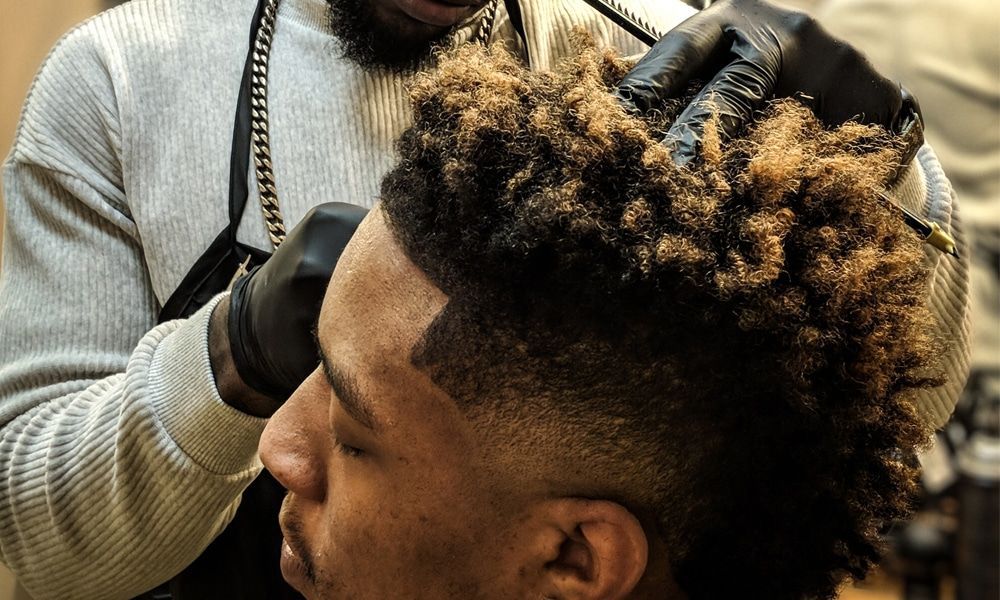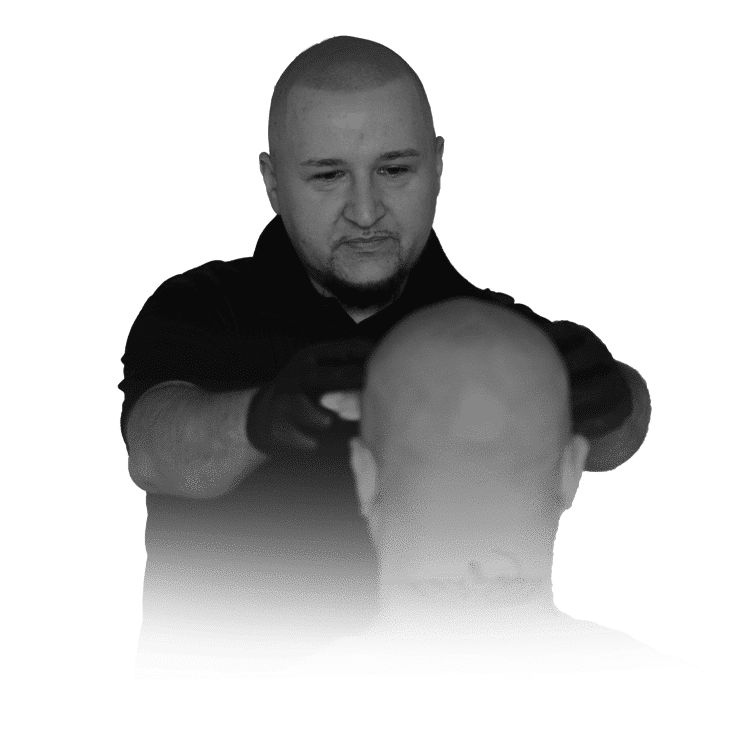Scalp Micropigmentation
How Scalp Micropigmentation Can Cover Head Scars
How Scalp Micropigmentation Can Cover Head Scars
From getting into a serious accident to undergoing hair transplant surgery, people end up with head scars for a variety of reasons. Whatever the case may be, one thing’s for certain; head scars are unsightly. Not only does it cause a bald spot in your head, but it can also lead to uncomfortable conversations. Many people end up covering their scars by wearing a hat or a wig just to avoid social embarrassment. Head scars can significantly affect one’s self-esteem, but thankfully, there are permanent solutions out there to help restore your confidence.
Scalp micropigmentation (SMP) is a prime example of an effective head scar-concealing technique where a skilled technician covers up the mark by using a carefully-blended pigment that matches your hair and your scalp. The results look very realistic and the scar appears indistinguishable, even when viewed up close. If you’re looking for a viable solution to treat your head scars, then scalp micropigmentation may be the treatment for you. Read on to find out how SMP can help cover head scars.
Scalp micropigmentation on hair transplant scars
Whenever a person undergoes hair transplant surgery, there is a possibility for the patient to develop a head scar. Even though the procedure is minimally invasive, scarring is quite normal in hair transplant surgery and is not a reflection of the surgeon’s surgical skills. There are two types of hair transplant procedures; strip excision harvesting and follicular unit extraction. Both of these procedures result in a different type of scar, which are worth discussing to understand how scalp micropigmentation can help conceal them.
Strip excision harvesting is the most popular hair transplant method where a strip of hair is removed from the back of the head and the surrounding skin is stitched back together. This creates a long strip of scar that looks very prominent, especially if the patient has thin hair. Follicular unit extraction, on the other hand, works by individually removing hair follicles and planting them on the balding area. While the scars appear less noticeable compared to strip excision harvesting, it still exists and creates bumpy, circular-shaped scars.
Scar coverage with scalp micropigmentation
Scalp micropigmentation works not just for hair loss, but also provides head scar treatment. Scars brought about by hair transplant procedures and other forms of head trauma can be fixed via SMP. The procedure works by injecting pigments into the scar which helps blend it in with the rest of your scalp. Scars consist of thick layers of tissue which normally doesn’t respond to pigment the same way a thin area of scalp does. This means that the process for scalp concealment is done differently compared to normal SMP procedures like treating alopecia or male pattern baldness.
In the case of strip excision harvesting, the goal is to blend in the stitched ares with the upper and lower portion of the scalp. First, the SMP technician inspects the scar and draws an outline on the back of your head. Next, the technician prepares the pigment and dilutes it which is colour-matched according to your scalp’s skin colour. The technician then injects the ink and fills in the strip of the scar. This may take several sessions depending on how large the scar is. Usually, it takes up to three sessions for the technician to create an effective concealment.
For clients who’ve undergone follicular unit extraction, the process is relatively the same except for some minor adjustments. Because FUE creates scars that look like bald patches on your scalp, the goal here is to create the illusion of having hair follicles The technician prepares the ink and fills in the scars accordingly. This may also take several sessions to achieve that buzz-cut look.
The amount of scalp micropigmentation used in a scar concealment will vary from client to client. Rarely do technicians apply the pigment to the scar alone as they also need to inject pigments on the areas above, below, and on the sides of the scar. As your hair grows, your scalp will become even less noticeable as the pigments will add more depth to your scalp. If you wish to bolster the appearance of your scalp micropigmentation treatment, you can choose to undergo a full scalp coverage to create a thicker, more consistent appearance.
If you have suffered a noticeable head scar as a result of a hair transplant procedure, don’t worry. You don’t have to put up with the embarrassment anymore thanks to scalp micropigmentation. SMP works with head scars of various shapes and sizes and matter how bad you think your scar looks, an experienced technician will be able to provide an effective scalp concealment for you. We recommend working with a reputable scalp micropigmentation practitioner to give you the best results possible.








